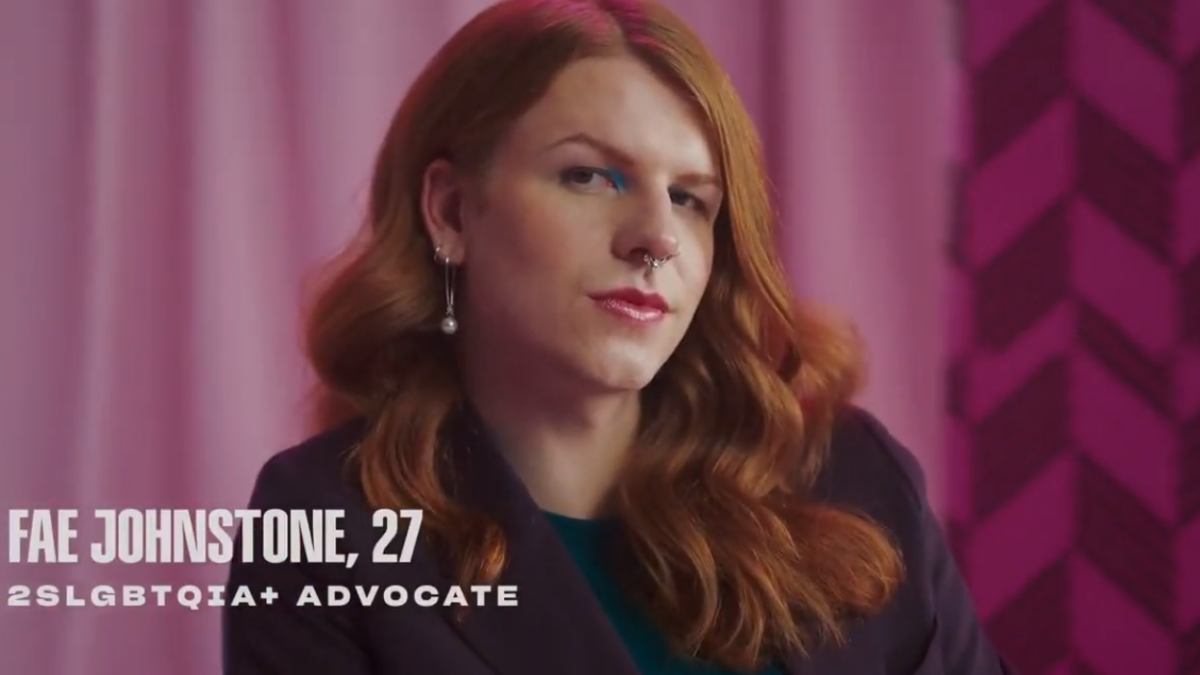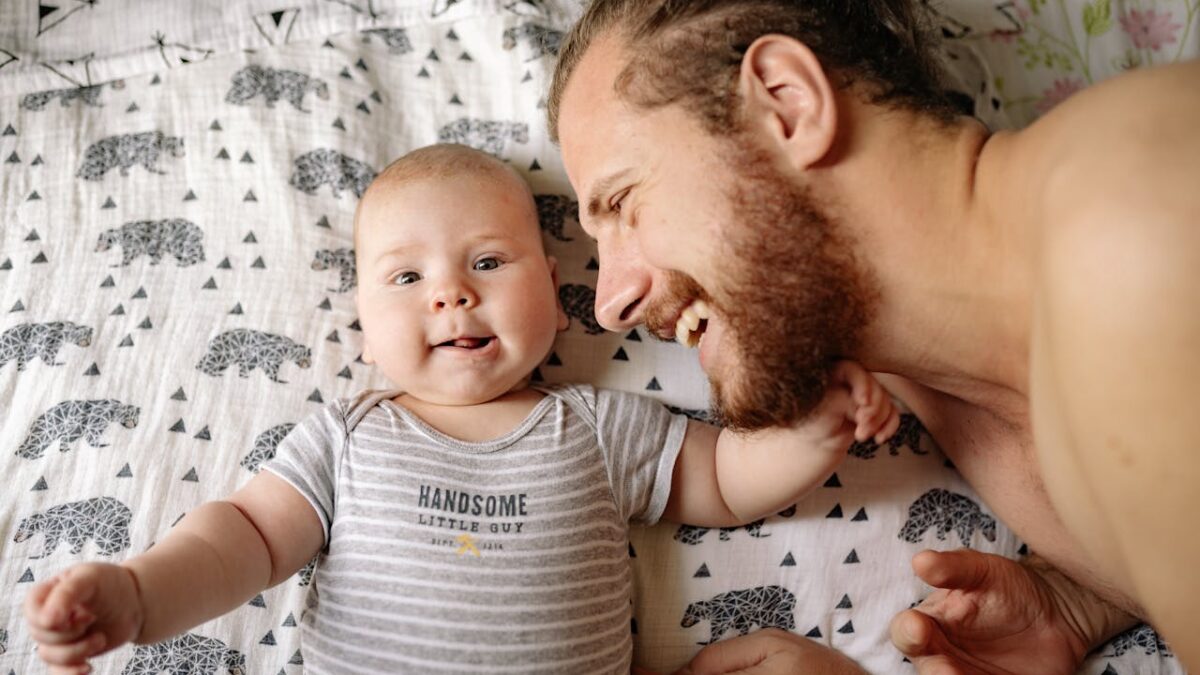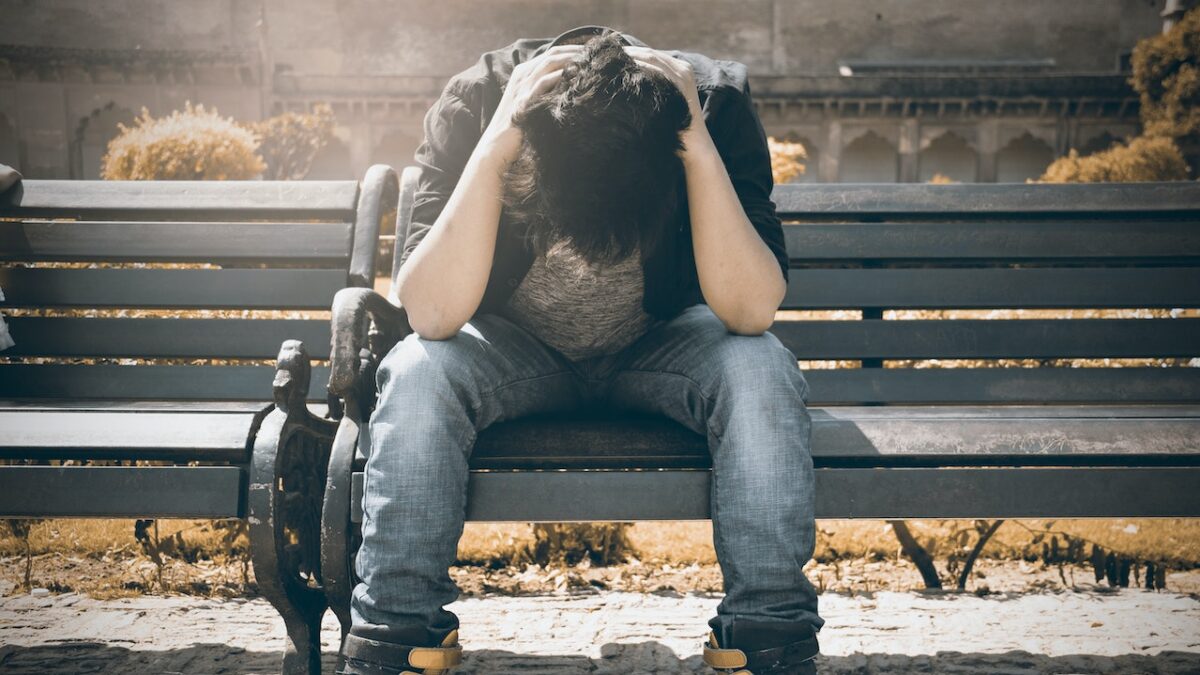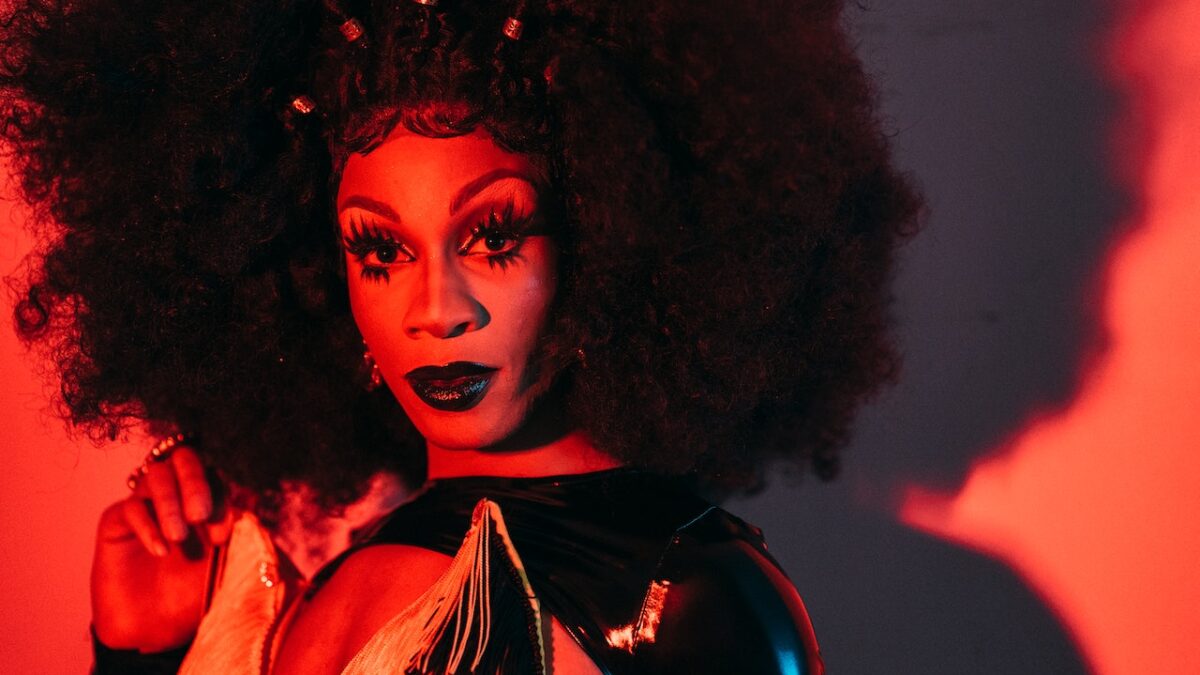In a preemptive celebration of international women’s day in Canada, The Hershey Company hired Fae Johnstone — a biological male; “queer, trans[,] and feminist activist”; and “2SLGBTQIA+” advocate — to promote its “Her for She” line of chocolate bars. “See the women changing how we see the future,” the tagline of the advertisement featuring the “woman” with an Adam’s apple read.
Make no mistake: The chocolate is still very much the same, but now that a man who insists wearing lipstick makes him a woman is promoting them, these candy bars miraculously have attained the ability to finally “end misogyny, patriarchy[,] and gender-based violence.” After all, what better way to stand up for women than by replacing them in advertisements for products they tend to buy?
But as is often the case in these situations, underneath the morbidly funny scenario resides a darker truth. The fact of the matter is that many Western women do need help. Data shows American women are experiencing a rapidly exacerbating mental health crisis that is putting some of their lives at risk and posing an existential threat to our civilization.
Mental Health and Suicide
“Sexual attacks and other traumatic experiences have led to an unprecedented level of hopelessness and suicidal thoughts among America’s young women,” NBC News reported in February.
According to the Centers for Disease Control and Prevention’s (CDC) 2011-2021 Youth Risk Behavior Survey, on which NBC was reporting, 57 percent of teenage girls self-report feeling “persistently sad or hopeless,” while nearly 30 percent have considered committing suicide. This marks a 60 percent increase in suicidal ideation over the past decade.
Yes, the Covid-19 lockdowns — which empirically did far more harm than good — did a horrifying amount of damage to young people’s mental health. Only the foolish and malicious deny this, but the fact remains that young women’s happiness has been spiraling down the drain at a rapid pace long before Covid.
A 2019 cross-sectional study of more than 85,000 youth suicide deaths between 1975 and 2016 indicated a steady increase in suicide among girls aged 10 to 14 throughout the years. Suicide doubled for females between the ages of 15 and 19 from 2007 to 2015. A study conducted by the CDC in 2016 found that from 1999 to 2014, the suicide rate for girls aged 10-14 tripled.
Younger generations of females aren’t the only ones experiencing startling upticks in suicidality. According to the same CDC study above, females aged 15-24, 25-44, and 65-74 experienced a 31 to 53 percent increase in their age demographic’s suicide rate. In March 2021, it revealed that from 1999 to 2019, female suicide rates in the U.S. increased by 51 percent to just over 6 per 100,000. This increase was most pronounced among women aged 35 to 44 and 45 to 54.
The issue also isn’t just suicide. That’s just perhaps the most horrifying indicator among many that American women appear to be suffering an ever-growing tidal wave of depressive disorders.
In 2020, according to the National Institute of Mental Health, adult females experienced a greater prevalence of “major depressive episodes” than men at a rate of 10.5 percent. So it should come as no surprise that, per the CDC in 2017, 10.5 percent of women aged 18 to 44 and 16.1 percent of women from 45 to 64 declared they were taking chemical antidepressants. This means roughly 4.15 million women in the younger age demographic and just fewer than 6.6 million in the older age demographic are taking antidepressants.
When compared to pre-lockdown levels, women have reported a nearly threefold increase in “depressive symptoms.” So it’s reasonable to believe suicide rates and antidepressant consumption levels will continue to increase, despite increasing evidence many standard medical regimens are ineffective at treating depression.
Clearly, there is an existential problem facing us. Despite its (ostensible) best efforts, the pharmaceutical industry has shown itself unable to solve it. Parts of this problem may very well be physiological in nature, and some women can overcome biochemical difficulties, but again, this often only addresses part of the problem.
Truly, What Is a Woman?
If it wasn’t made clear by the Fae Johnstones and Dylan Mulvaneys of the world or by anyone else who insists a woman can have a penis (e.g., almost every institution of power in the Western world), the sexual revolution of the 1960s has essentially come full circle.
Women were liberated from the all-encompassing domestic malaise in an industrial society that Betty Friedan described as “the problem that has no name.” Yet per the nature of liberation theory, which essentially claims all forms of cultural obligation grounded in Judeo-Christian belief or Western traditionalism are oppressive, women themselves have become a problem.
The social, political, and cultural meaning of womanhood has become untethered from both the traditional and biological meaning while somehow becoming joined with stereotypical depictions of femininity. A male’s gender dysphoria might cause him to have a proclivity for the color pink or to surgically remove his reproductive organs, but neither would make him a woman. Instead, these simply make him a disordered man.
What Is an Ordered Person?
Previously, it was more or less universally understood that everything in nature has a purpose or goal that it naturally aims to fulfill by the very nature of its being. All things are directed toward specific ends, and their general orientation toward these ends indicates their proper orientation.
A human heart is a properly ordered human heart if it is able to pump blood to the rest of its host’s body and keep that host alive, and a dog is a properly ordered dog if it fulfills the tasks of dogginess. Humans are properly oriented if they are able to live a life of virtue and excellence in which they can use their unique capabilities to better their fellow man. But we also have to account for the dichotomous aspect of humanity.
Both men and women have specific and unique roles. This is a fact that went undisputed for millennia, was viscerally disputed in the mid-20th century through today, and has found a new embrace among those who wish to signify their transgenderism. You can tell a biological male is a woman because he participates in “female-coded” behavior.
As Richard Reeves describes in his recent release “Of Boys and Men: Why the Modern Male Is Struggling, Why It Matters, and What to Do About It,” from the 1960s onward, the U.S. feminist movement saw women increasingly “liberated” from domestic responsibility and pushed into academia and the workplace. Over time, as we are seeing in the current day, this displaced men from these institutions, making it increasingly difficult for men to fulfill their cultural obligations.
Subsequently, Western boys and men are suffering; they are dropping out of school, underperforming in the workplace, and killing themselves in record numbers. They are experiencing a vicious malaise of societal redundancy because it has become harder and harder for boys and men to properly order themselves.
How can men be expected to be fathers, providers, and protectors in a society that has for generations aggressively assured everyone that women can do all of that just as well as, if not better than, men? Their own society is disordering men by disordering expectations for them, and that partly explains the masculinity crisis in America.
A similar phenomenon is happening to women. Much has been said about the presence of men in women’s sports, locker rooms, and restrooms. Whether it’s edging young women out of athletic scholarships or leading to horrific incidents of sexual assault and perversion, this affects women across the board.
These situations simultaneously put women in physical danger while challenging what it means to be a woman. And with institutions of influence and power like the Biden administration, the World Economic Forum, the NCAA, and myriad others showing unified support for people who seek to destroy the meaning of womanhood, it is likely they will continue.
Much like those for men, the expectations for women have changed drastically. To be sure, no serious person laments that women can pursue education or employment. But is it possible that encouraging women to “have it all,” without limitation, isn’t all it’s cracked up to be and actually can have terrible side effects?
Encouraging women to separate their lives from their biology through things like chemical birth control (which nearly a supermajority of women aged 15 to 49 are on) and in vitro fertilization has empirically contributed to the mental health crisis women are currently immersed in, but the leading institutions keep marching on this path. Why?
If we consider that, for more than six decades, women have been pressured to abandon running their households and embrace external productivity on male terms while adopting an oppositional relationship with men, one major factor becomes evident in why American women are facing a severe crisis.
Much like their male counterparts, the conditions under which women were conditioned to thrive for generations have been discarded. Not only are people clearly struggling to adapt, but the number of individuals plagued by deep-seated misery raises questions about the viability of the West’s currently dominant ideology in fostering human prosperity.









